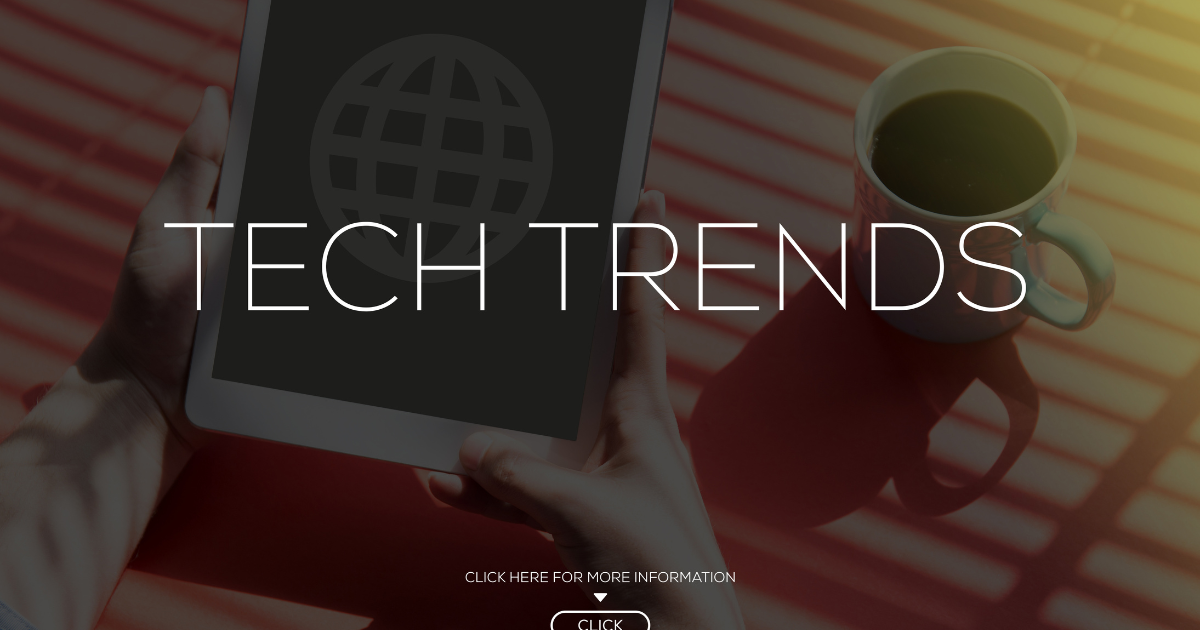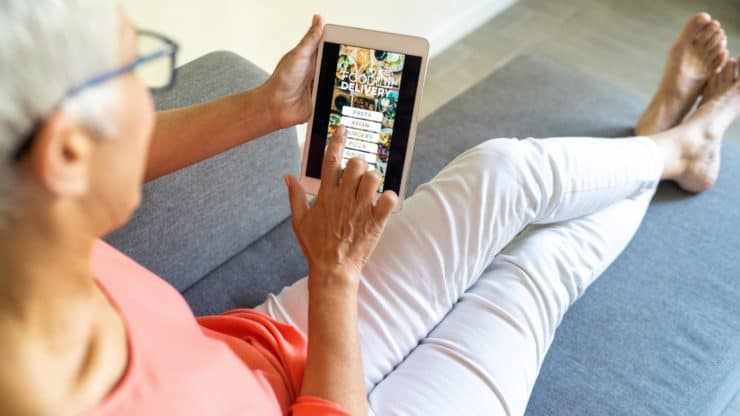Voice Assistants
Smart speakers, or smartphones that incorporate voice-command, are going to gain big interest in 2021. The tech that runs voice assistants is becoming more reliable.
Examples of wireless smart speakers are Amazon’s Echo line (Echo, Dot, Show), Google Home (Home, Home Mini, Home Max, Nest Hub), and Apple HomePod.
The virtual assistants now have identities and personalities of their own: Alexa, Google, and Siri. All are gaining deep functionality within their systems, making them more appealing to use.
Digital voice assistants allow you to initiate actions on your phone or smart speaker with specific trigger words. You can check the weather, send a text, set a reminder, or play music. If you can’t reach your phone, a voice command can even call emergency services.
The more you use voice assistants, the more you will see how valuable they can be in everyday life.
Smart Homes
Smart home devices have the power to modify a home to support independence and safety. As we age, many of us may experience limited or restricted mobility, sight, or hearing.
Smart home technology is progressively becoming more mainstream and more affordable. Expect to see more offerings at better prices throughout the year.
Smart light bulbs and plugs are the easiest to start with. Grocery stores, home improvement stores, and appliance stores all carry various affordable options. Getting started is as easy as plugging in the device and downloading an app.
Adding a smart home hub gives you additional options, everything from home alarms, sprinklers, and garages, with your voice or an app on your phone. While it sounds scary, a hub is merely a device you connect to your router. Then it automatically helps you add smart devices.
With smart home devices, you can set-up routines, so your lights go on and off at specific times when you are on vacation, or when you get home or wake up.
The best part of creating a smart home is that you can do as much or as little as you want. It doesn’t have to be complicated. This technology can be implemented and designed for your specific needs in a user-friendly, affordable format.
Wearables
Health tracking wearables, such as the Apple Watch and FitBit, continue to add functions and features that are geared towards those with chronic or situational medical issues. The watches track activity, heart rate, sleep, and more.
Being aware of movement can help encourage healthier habits. Also, monitoring key health markers can help seniors identify potential issues sooner.
Wearables also go beyond tracking – to diagnostic capabilities. The Apple Watch (series 4 and later) is ECG-enabled. It can detect a skipped or rapid heartbeat. Upon detection, it will send a notification of the irregularity.
This information can then be sent to your health provider as a PDF as a follow-up to determine if there is a dangerous condition.
Another feature of the Apple Watch (series 4 and later) is fall detection. If the watch detects a hard fall, it taps you on the wrist, sounds an alarm, and displays an alert.
You have the option to call emergency services or to tap “I’m OK.” If you don’t do anything, your watch will call emergency services after a minute and send a message to your emergency contacts.
Hearing Devices
Another area that will see changes is over-the-counter hearing devices that can work with your smartphone. They are projected to come to the market at a fraction of the cost of regular hearing aids.
These devices will not only help amplify sound but can suppress outside chatter for those with mild to moderate hearing loss.
Bose is using its experience in the headphone market to help people with hearing issues. The Bose Hearphones are worn around your neck and can be put on when needed. Similar to reading glasses, these devices are designed to help people hear in loud spaces.
As this area expands, it will be a real game-changer for those who deal with hearing loss. Hopefully, it will mean more options at lower prices and better technology.
Telemedicine
“Virtual” healthcare is a growing trend in the medical industry. Expect providers and options to vastly expand in 2021 and beyond.
Telemedicine provides opportunities to access medical information and advice without making a trip to a doctor’s office.
Some of the ways that telemedicine can help those seniors are:
- The ability to talk to your health professionals via video or texting apps to discuss symptoms, conditions, or just check-in.
- Utilizing ePortals that give instant access to test results and notes on office visits. They can also house your electronic records, which makes it easier to provide information to specialists.
- Ongoing management of chronic issues such as testing blood sugar or monitoring blood pressure, with the ability to upload the information to your doctor via an app on your smartphone.
Virtual medicine won’t replace in-person visits. Still, it can alleviate some of the hassles for people who have multiple doctor appointments, live in rural areas, or don’t have easy access to transportation.
Which tech trends are you on board with? What do you want to try in 2021? What other tech trends are you seeing? We would love to hear from you, so please share your thoughts!



Comments are closed.